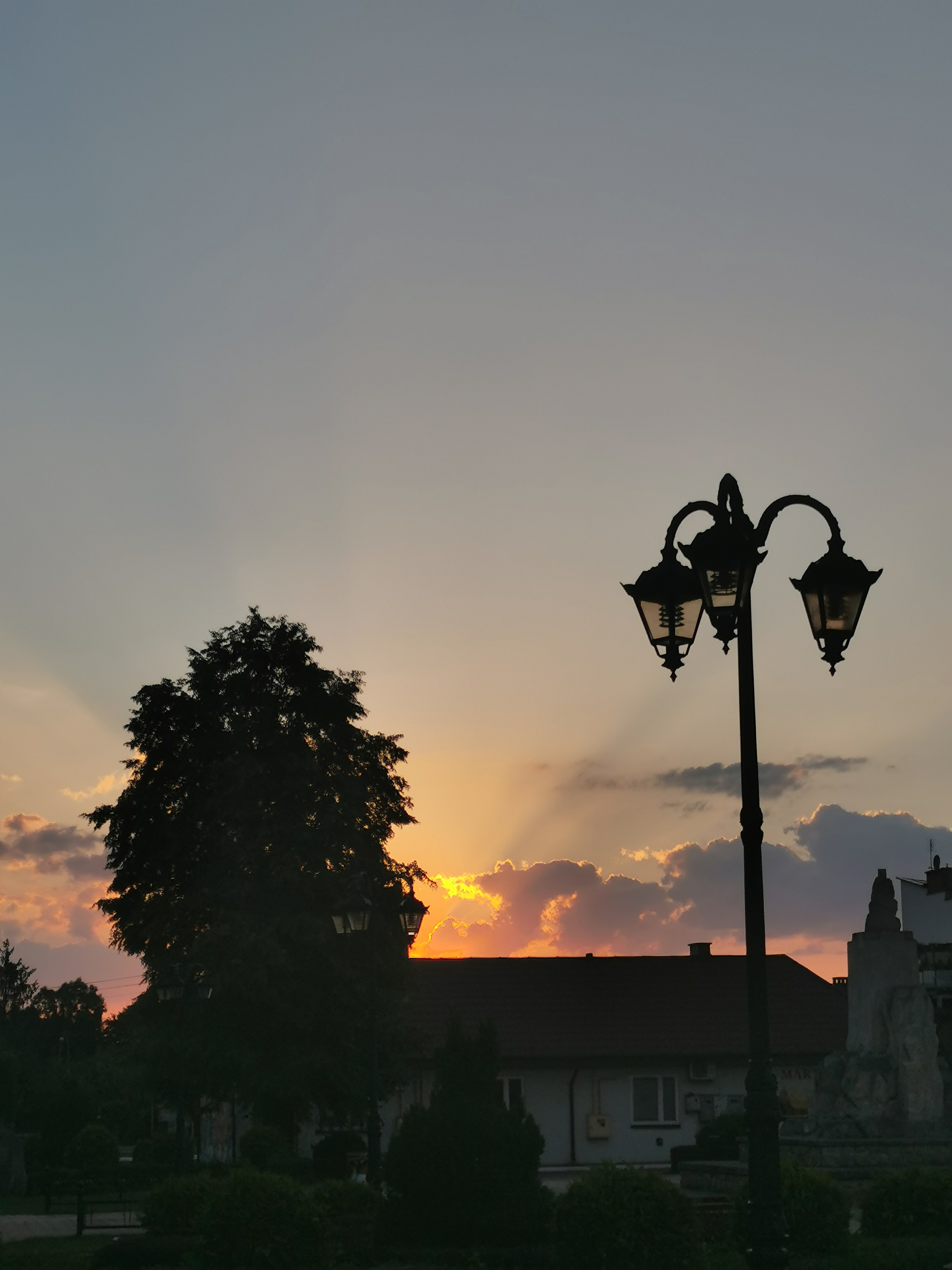Fear
Cards (4)
- “Scrooge fell upon his knees, and clasped his hands before his face.”
- Body language: Physical reaction of fear — falling, clasping — shows total surrender and dread
- Religious imagery: Kneeling suggests a plea for mercy or forgiveness, revealing Scrooge’s desperation
- Loss of control: Fear strips away his coldness and pride
- Effect: Dickens shows fear not as weakness, but as a breaking point that leads to humility and change
- “It was shrouded in a deep black garment.”
- “Shrouded”: Has connotations of death, like a funeral shroud — instantly unsettling
- “Deep black”: Strong use of colour symbolism — black suggests death, fear, mystery, and the unknown
- Hidden identity: The spirit’s concealment creates fear through uncertainty
- Effect: Dickens builds gothic suspense, using visual imagery to evoke fear of the future and the unknowable
- “The shadows of the things that may be.”
- Modal verb “may”: Introduces uncertainty — it’s fear of what could happen if nothing changes
- “Shadows”: Ambiguous, insubstantial — they suggest something sinister, but not definite
- Metaphorical: Shadows imply that the future is shaped by present choices
- Effect: Dickens uses the language of uncertainty and darkness to show fear as a motivator for moral reflection
- “There was a man… lying gasping out his last there, alone by himself.”
- “Gasping”: Harsh, painful sound — evokes fear of physical suffering at death
- “Alone by himself”: Intensifies the idea of total isolation — a fear Scrooge begins to feel deeply
- Tone of detachment: The characters discussing this don’t care — which scares Scrooge more than death itself
- Effect: Dickens uses this moment to show that being unloved and forgotten is a fate worse than dying — fear becomes moral and emotional, not just physical
